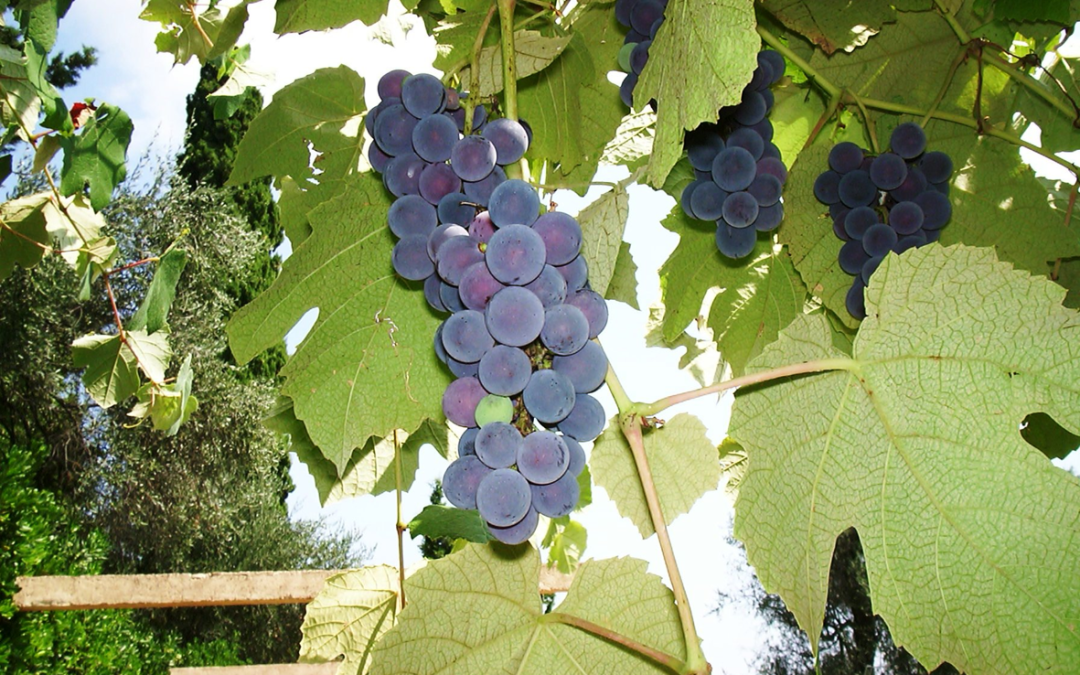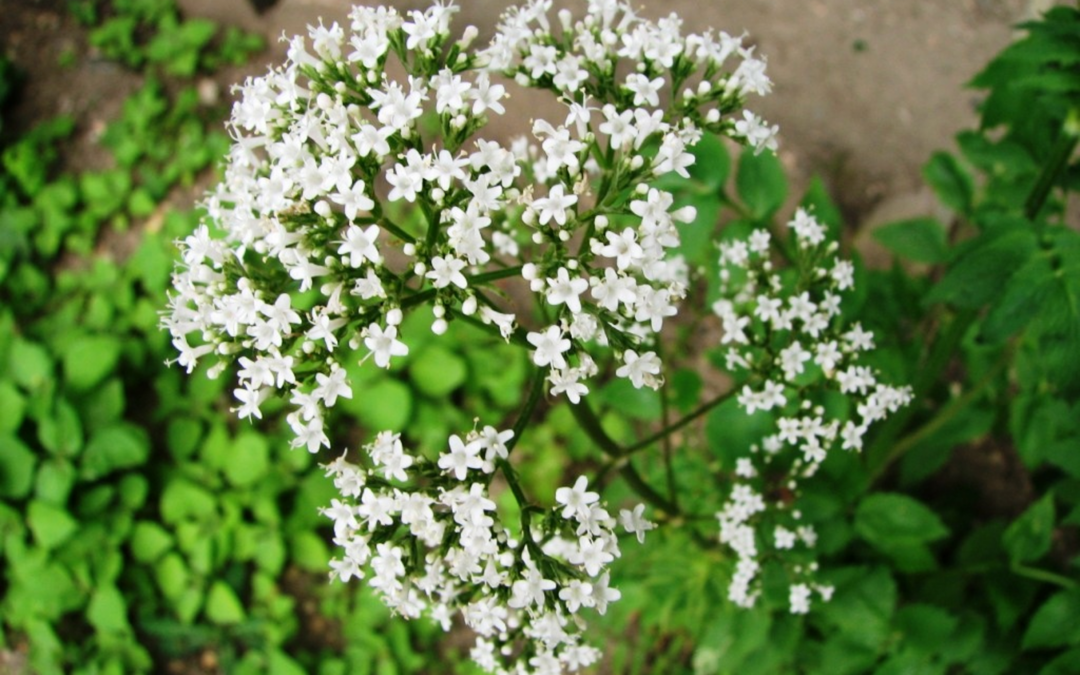
by Maxime Keranguyader | Oct 13, 2022 | News
Introduction Grape seeds (Vitis vinifera L.) are known and widely used for their high content of condensed tannins, proanthocyanidins (PAC) which are oligomers of flavan-3-ol (catechins), also called OPC (oligomers of procyanidins). These substances are responsible...

by Maxime Keranguyader | Oct 13, 2022 | News
Introduction Since January 2015, lots of European countries ask to monitor some actives in botanical extracts to be sold in the market. For example, in France, for Valeriana officinalis and Valeriana jatamansis it is necessary to: • prove the absence of valepotriates...





Recent Comments